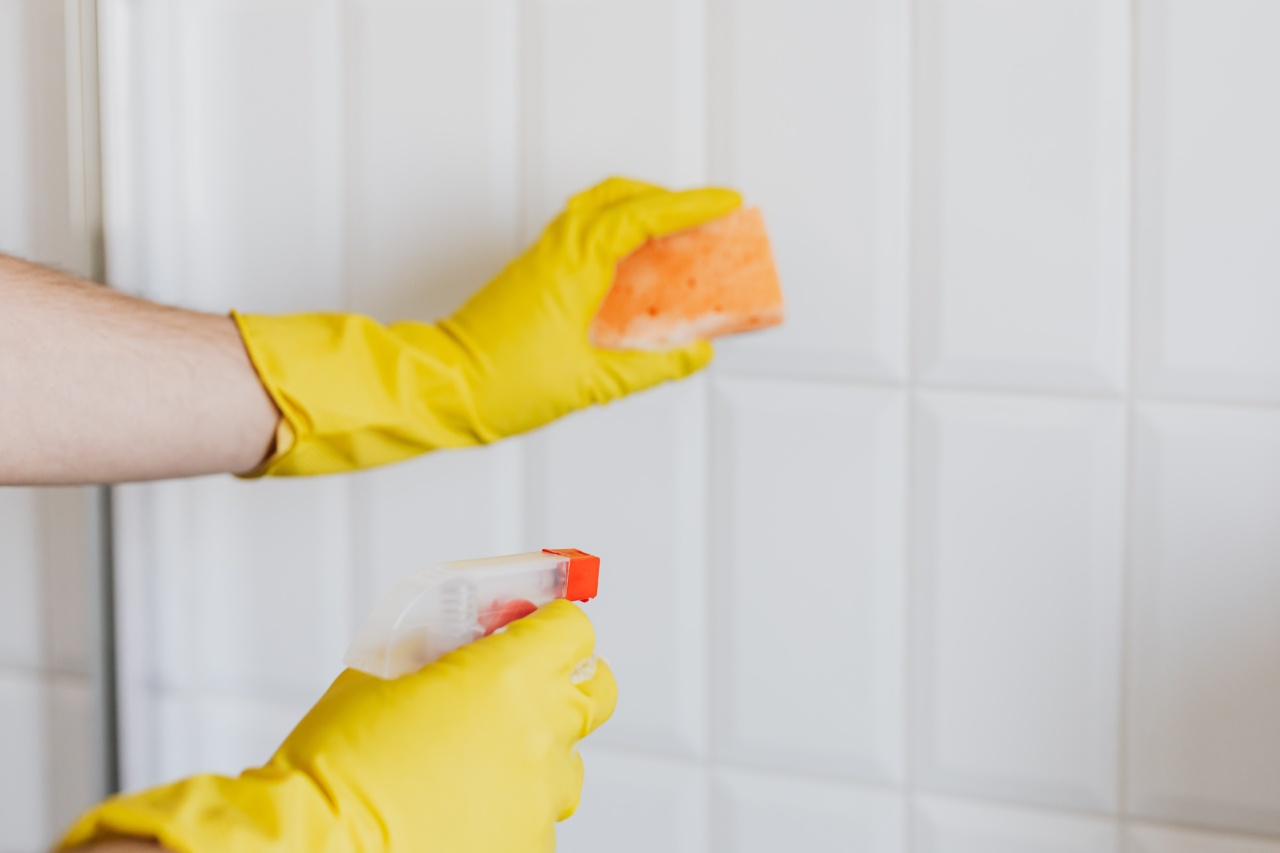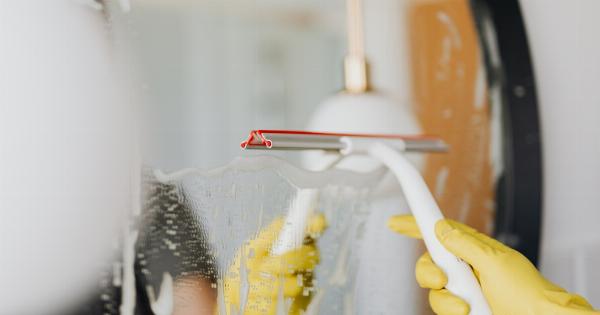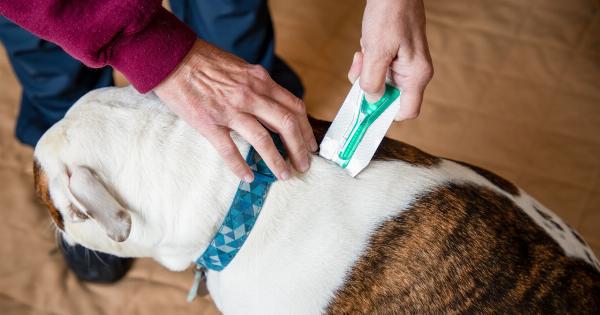The process of examining tissue samples from the human body is called a biopsy. It is a diagnostic procedure that helps doctors identify the presence of cancer or other diseases by analyzing small tissue samples.
Biopsies are conducted on different parts of the human body like the lungs, liver, prostate, and breasts, among others.
In a biopsy, the sample tissue is removed from the body and examined in a laboratory. Two types of biopsies are used to examine tissues, namely, dry biopsy and wet biopsy.
In this article, we will focus on wet biopsy and give a detailed explanation of the process.
What is the Wet Biopsy Process?
Wet biopsy is also known as fine needle aspiration (FNA), which means that it is a technique that involves extracting tissue samples using a thin needle.
The procedure is conducted by specially trained medical professionals like radiologists or pathologists who have received training in the use of needles for tissue samples. While dry biopsies remove a large piece of tissue, the wet biopsy process extracts individual cells or clusters of cells.
Preparation for Wet Biopsy
Prior to wet biopsy, the doctor will conduct some tests to ascertain if the patient is a good candidate. Usually, the patient is asked to undergo a blood test, an electrocardiogram (ECG), and a chest x-ray to determine their suitability for the biopsy.
The doctor will also inquire about any medications that the patient is taking, as some drugs can interfere with blood clotting.
To avoid the risk of infection and ensure that the biopsy area is accessible, it is critical to tell the medical professional if you have any allergies or health conditions that could hinder the procedure.
Depending on the location of the biopsy, the medical professional may request that you refrain from eating or drinking for a period before the procedure.
The Wet Biopsy Process Steps
The following are the steps involved in the wet biopsy process:.
Step 1: Local Anesthesia Administration
Prior to the biopsy, the medical professional will apply a topical anesthesia to the biopsy site. This helps to numb the area and minimize pain during the procedure. In some cases, local anesthesia is used to numb the area further.
The procedure is referred to as a superficial wet biopsy when the tissue samples are extracted from a specific location close to the surface level of the skin.
Step 2: Tissue Sample Extraction
Once the area is numbed, the medical professional inserts a thin needle into the biopsy site to collect the tissue samples. The tissue is removed through suction as the needle enters the body.
After the procedure is completed, the medical professional may ask for additional samples to be collected from the same site or other parts of the body.
Step 3: Post Biopsy Care
After the biopsy, the medical professional will place pressure on the biopsy site to prevent bleeding. You will be allowed to rest for a while before given discharge instructions giving the patient any additional medication that may be required.
After the procedure, it is normal to experience some minor bleeding, bruising, discomfort, or swelling around the biopsy site. The patient should also avoid activities like heavy lifting and intense exercise for at least 48 hours to allow the tissue to heal.
Why Is Wet Biopsy Performed?
Wet biopsy is a procedure that is used to examine tissues in the body for various reasons. The most common reasons include:.
1. To Diagnose Cancer
Wet biopsy is often used to diagnose the presence of cancer in the body. This procedure can be used to identify cancerous cells in the tissue and determine the type of cancer present.
2. To Identify Benign Tumors
Wet biopsy is also used to identify benign tumors in the body. Benign tumors are non-cancerous growths that may develop in the body’s tissues and are usually not harmful to the patient.
Identifying these tumors can help the medical professional determine if additional treatment is required.
3. To Test the Efficacy of Treatment
Wet biopsy is used to test the efficacy of treatment for cancer and other medical conditions. By examining the tissue sample, the medical professional can determine if the treatment is working effectively or if adjustments need to be made.
Advantages of Wet Biopsy
Wet biopsy offers several advantages compared to other biopsy procedures such as:.
1. Low Risk
Wet biopsy is a relatively low-risk procedure that involves minimal discomfort and low complication rates. Compared to other cancer diagnoses that require more invasive procedures like surgery, wet biopsy is a more straightforward process.
2. Speedy Results
Wet biopsy procedures offer quick results, with the pathologist obtaining the tissue sample and examining it in the laboratory setting on the same day.
This allows medical professionals to quickly diagnose diseases like cancer and the presence of other infectious agents.
3. Affordability
Wet biopsies are generally more affordable than other biopsy procedures, making them an attractive option for patients who require the diagnosis of some medical conditions but do not have the financial means to undertake more invasive procedures.
Disadvantages of Wet Biopsy
While wet biopsy is a useful diagnostic procedure, there are some disadvantages to this procedure, including:.
1. Small Tissue Samples
Wet biopsy procedures can produce a small amount of tissue which may not be adequate for a definite diagnosis of some conditions, like the more complex forms of cancer.
2. Patient Preparation
Patients must follow specific guidelines provided by the medical professional to prepare for the biopsy. These guidelines can impact the daily routine and cause some inconvenience to the patient.
3. False Negatives
Wet biopsies can produce false negatives in some cases, meaning that the sample may not contain enough cancerous cells to confirm a cancer diagnosis, resulting in delayed treatment.
Conclusion
Wet biopsies are an essential diagnostic procedure that helps medical professionals determine the presence of cancer and other medical conditions in the body.
By understanding the process, patients can ask the right questions and feel more comfortable with the procedure. Patients who experience discomfort or swelling around the biopsy site after the procedure should contact their medical professional immediately.
Like all medical procedures, the wet biopsy process has some disadvantages, but the benefits often outweigh the disadvantages.






























